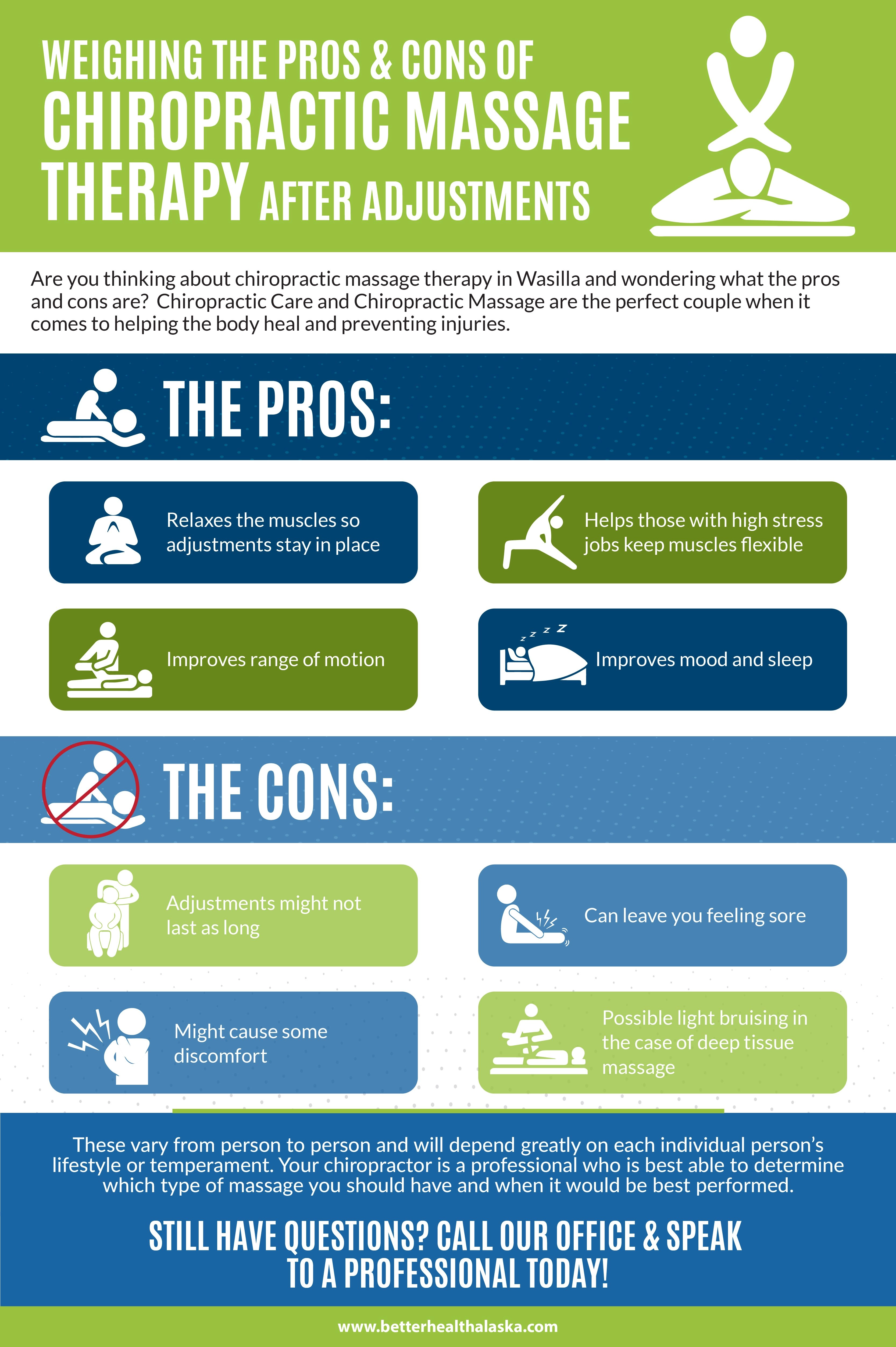A Newbie'S Guide To Recognizing Cervical Spine Makeup And Its Impact On Neck Discomfort
A Newbie'S Guide To Recognizing Cervical Spine Makeup And Its Impact On Neck Discomfort
Blog Article
Post Created By-Mathiasen McKinnon
As you sit there, possibly really feeling a stab of pain in your neck, have you ever thought the detailed structures that compose your cervical spinal column? Comprehending just how the vertebrae, discs, and nerves connect in this region can clarify why neck pain can be so consistent and devastating. By checking out the structures of cervical spine anatomy and its effects for neck pain, you may reveal understandings that might help you much better manage or even prevent those irritating pains and stiffness.
Relevance of Cervical Back Composition
Recognizing the relevance of cervical spine anatomy is critical in comprehending the complexities of neck discomfort. https://www.healthline.com/health/hip-pain-when-standing , comprised of 7 vertebrae, plays a crucial duty in sustaining the head's weight and assisting in motion. It houses the spinal cord, which transmits messages in between the brain and the rest of the body. Furthermore, the cervical spine secures these fragile nerves and provides architectural security to the neck area.
In addition, the cervical spinal column allows for a wide range of activity, allowing you to transform your head, tilt it sideways, and nod up and down. Each vertebra has particular features and features that add to the overall versatility and security of the neck. Comprehending the makeup of the cervical back can help you grasp how injuries or degenerative problems in this region can lead to neck pain and related signs.
Components of the Cervical Spine
When checking out the components of the cervical spine, it comes to be apparent that its framework consists of 7 vertebrae, classified C1 to C7, stacked on top of each other. These vertebrae are critical as they offer assistance to the head and permit a wide range of movement in the neck.
The topmost vertebra, C1, also referred to as the atlas, supports the skull and allows the sleeping motion of the head. Straight below C1 is the C2 vertebra, called the axis, which allows for the turning of the head from side to side.
Moving down the cervical spinal column, each vertebra plays a crucial function in maintaining the spine's adaptability and stability. In between each vertebra are intervertebral discs that work as paddings, soaking up shock and preventing the vertebrae from massaging versus each other.
Understanding the components of the cervical back is vital in comprehending just how the back features and its potential effect on neck discomfort.
Relationship In Between Spinal Column and Neck Discomfort
The link in between the spinal column and neck discomfort is an essential facet of understanding musculoskeletal discomfort. Your spine, particularly the cervical area, plays a substantial function in sustaining your head and allowing for various activities. When there's a problem in the spinal column, such as a herniated disc or misalignment, it can straight affect the surrounding cells and nerves, resulting in neck pain. Poor posture, injuries, and degenerative conditions can all contribute to spine-related neck discomfort.
It's important to acknowledge that the spinal column and neck function as a cohesive unit. Any kind of abnormalities or inequalities in the spinal column can trigger pressure on the neck muscular tissues and ligaments, causing discomfort and stiffness.
Verdict
Since you have a fundamental understanding of cervical back makeup and its connection to neck pain, you can better value the complexities of your own neck pain. Remember, the health and wellness of your cervical spine plays a crucial duty in supporting your head and helping with movement, so it is very important to look after it with correct pose, exercise, and routine examinations with a medical care expert. Stay notified and proactive about your spine wellness to prevent and manage neck pain effectively.
